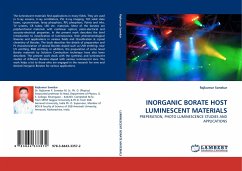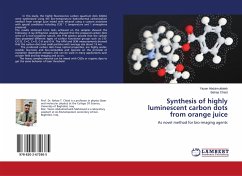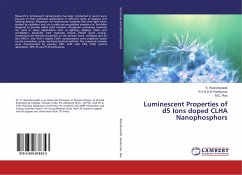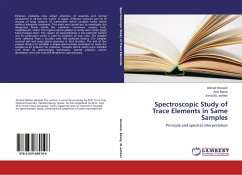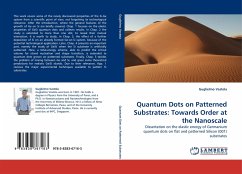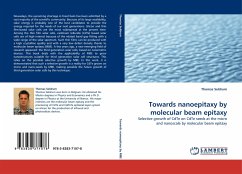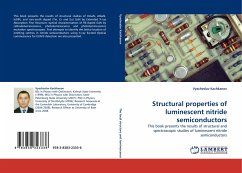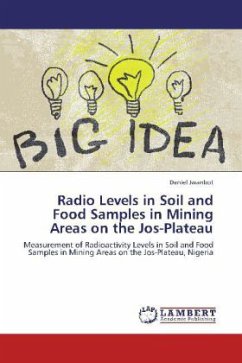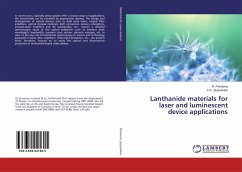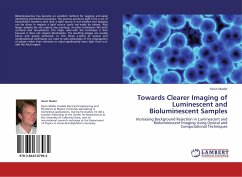
Towards Clearer Imaging of Luminescent and Bioluminescent Samples
Increasing Background Rejection in Luminescent and Bioluminescent Imaging Using Optical and Computational Techniques
Versandkostenfrei!
Versandfertig in 6-10 Tagen
32,99 €
inkl. MwSt.

PAYBACK Punkte
16 °P sammeln!
Bioluminescence has become an excellent method for tagging and easily identifying biochemical processes. The process produces light from a set of biochemical reactions such that a light source is not needed and imaging can be done in regions a light source could not easily be placed. Also larger samples do not require any scanning, as other techniques like both confocal and two-photon. The major issue with the technique is that because it does not require illumination, the resulting images are usually blurry and poorly sectioned. In this thesis a series of optical and computational techniques ...
Bioluminescence has become an excellent method for tagging and easily identifying biochemical processes. The process produces light from a set of biochemical reactions such that a light source is not needed and imaging can be done in regions a light source could not easily be placed. Also larger samples do not require any scanning, as other techniques like both confocal and two-photon. The major issue with the technique is that because it does not require illumination, the resulting images are usually blurry and poorly sectioned. In this thesis a series of optical and computational techniques are used to take advantage of the propagation of phase rather than intensity to reject significantly more light from out-side the focal region.



